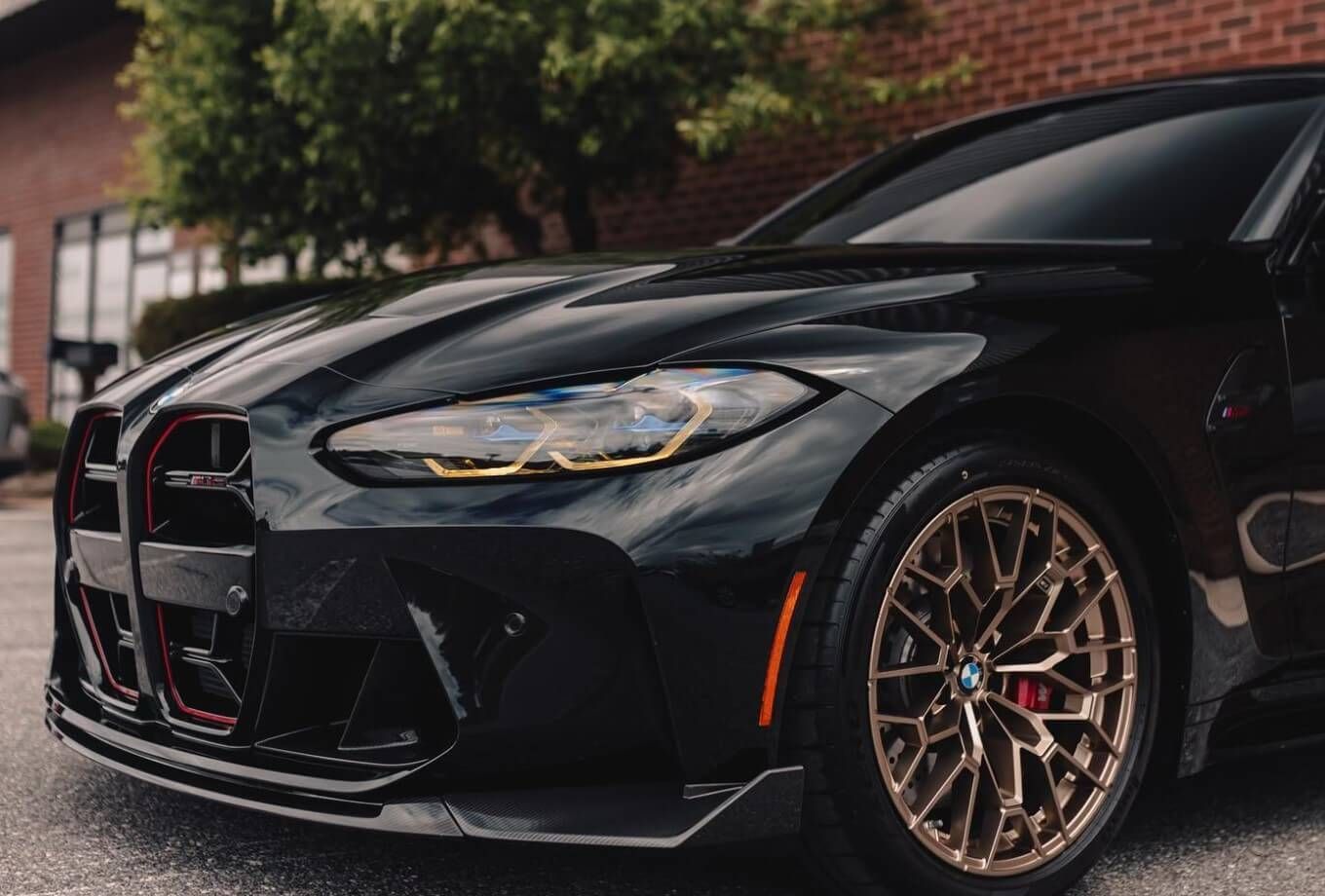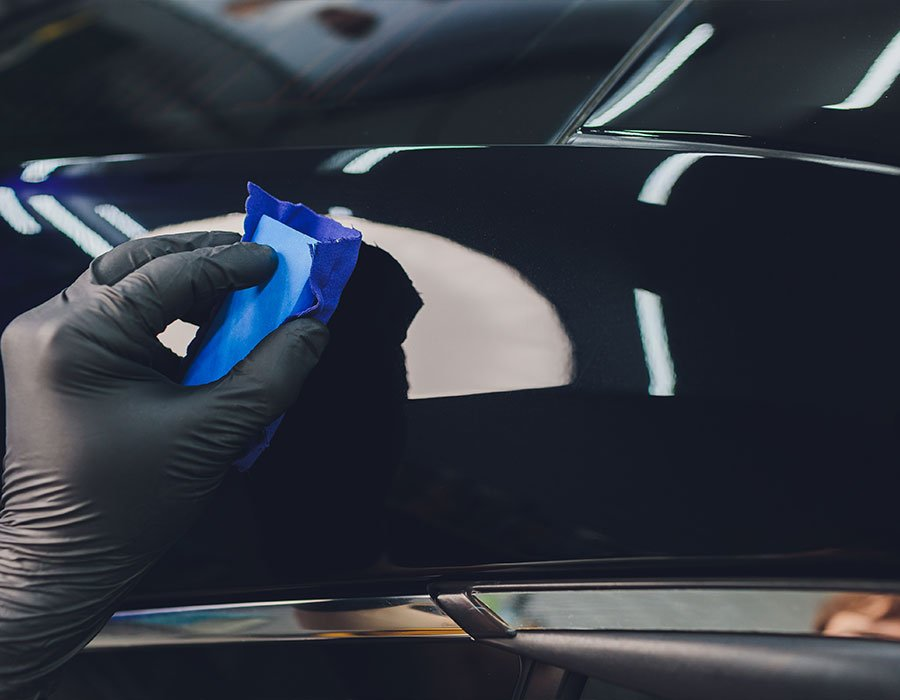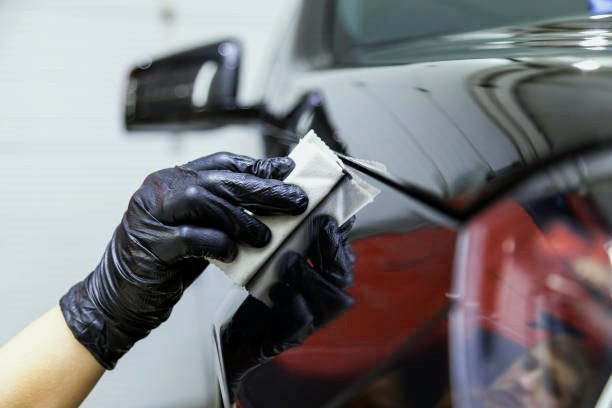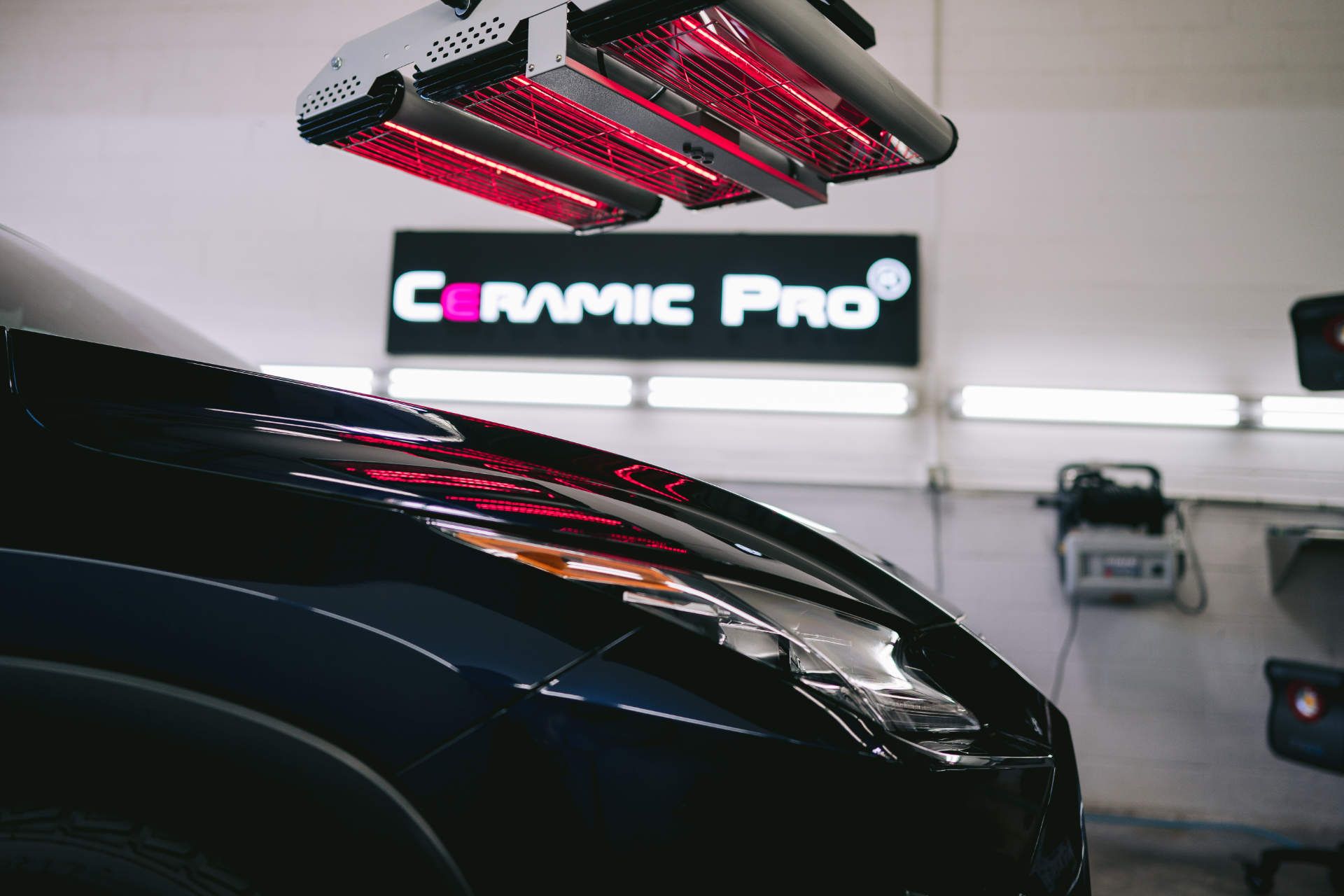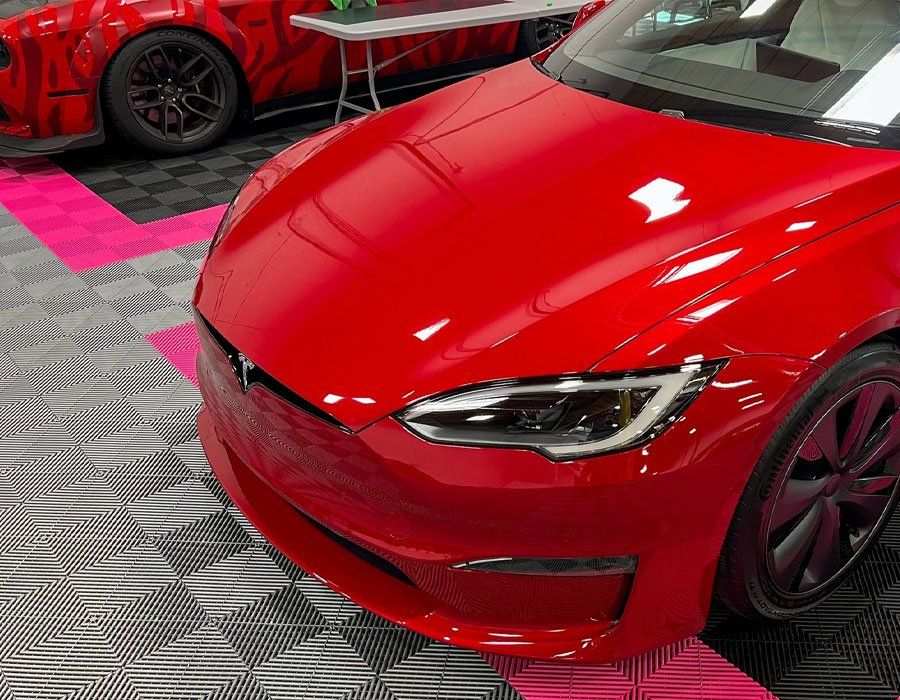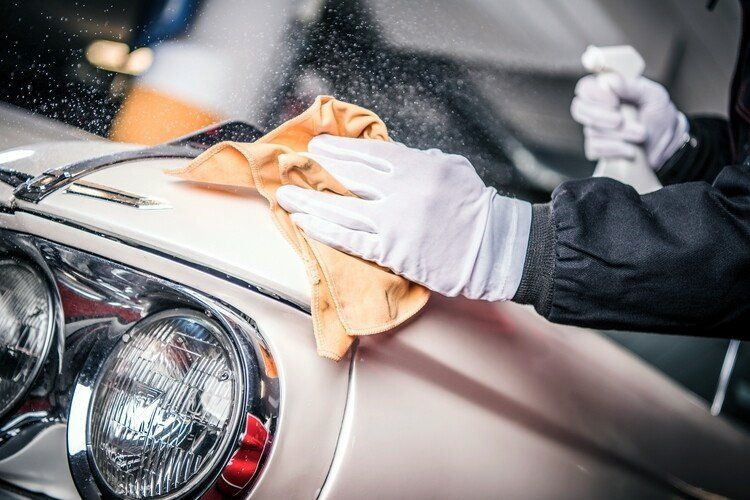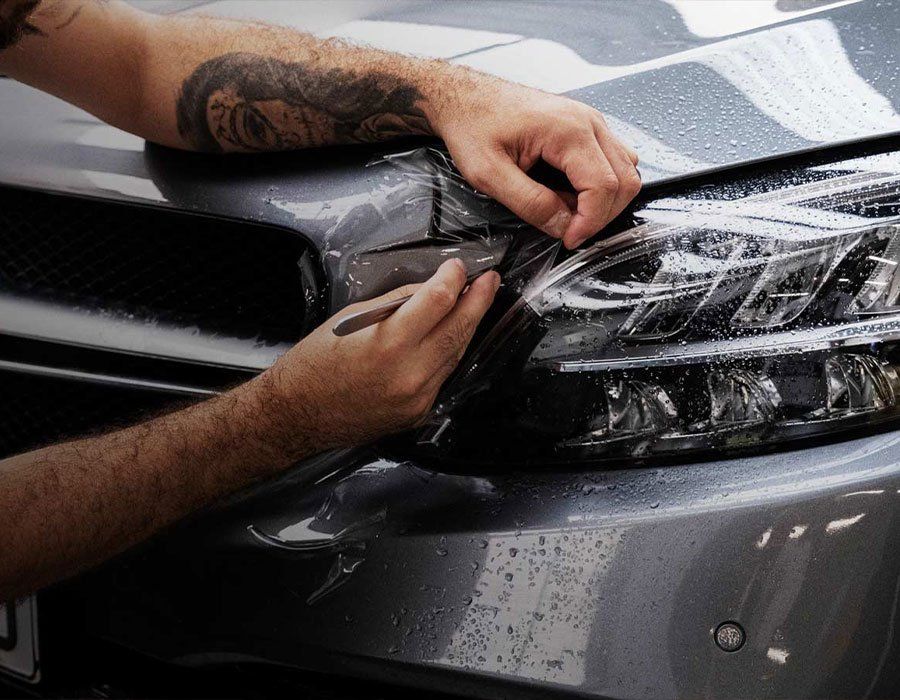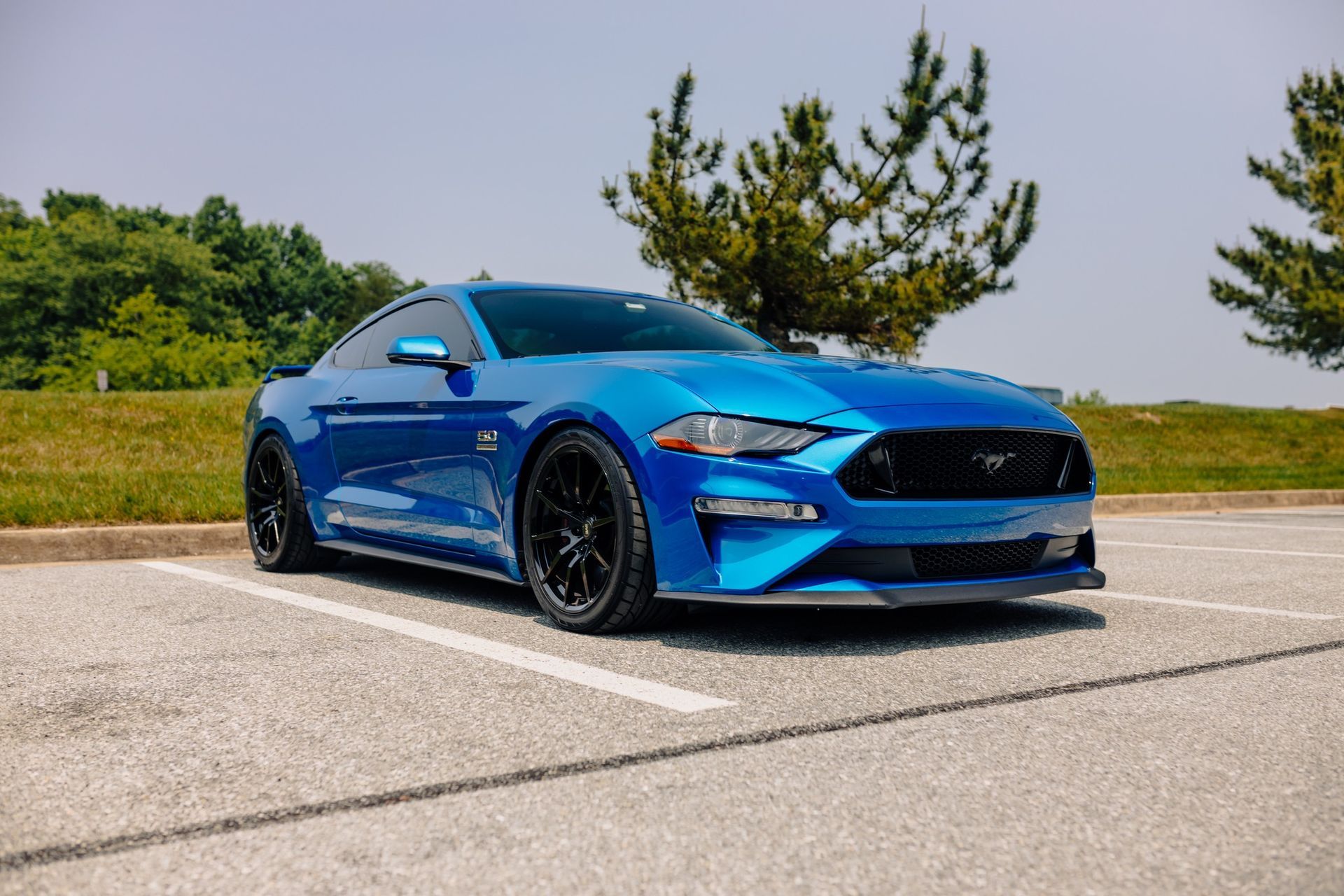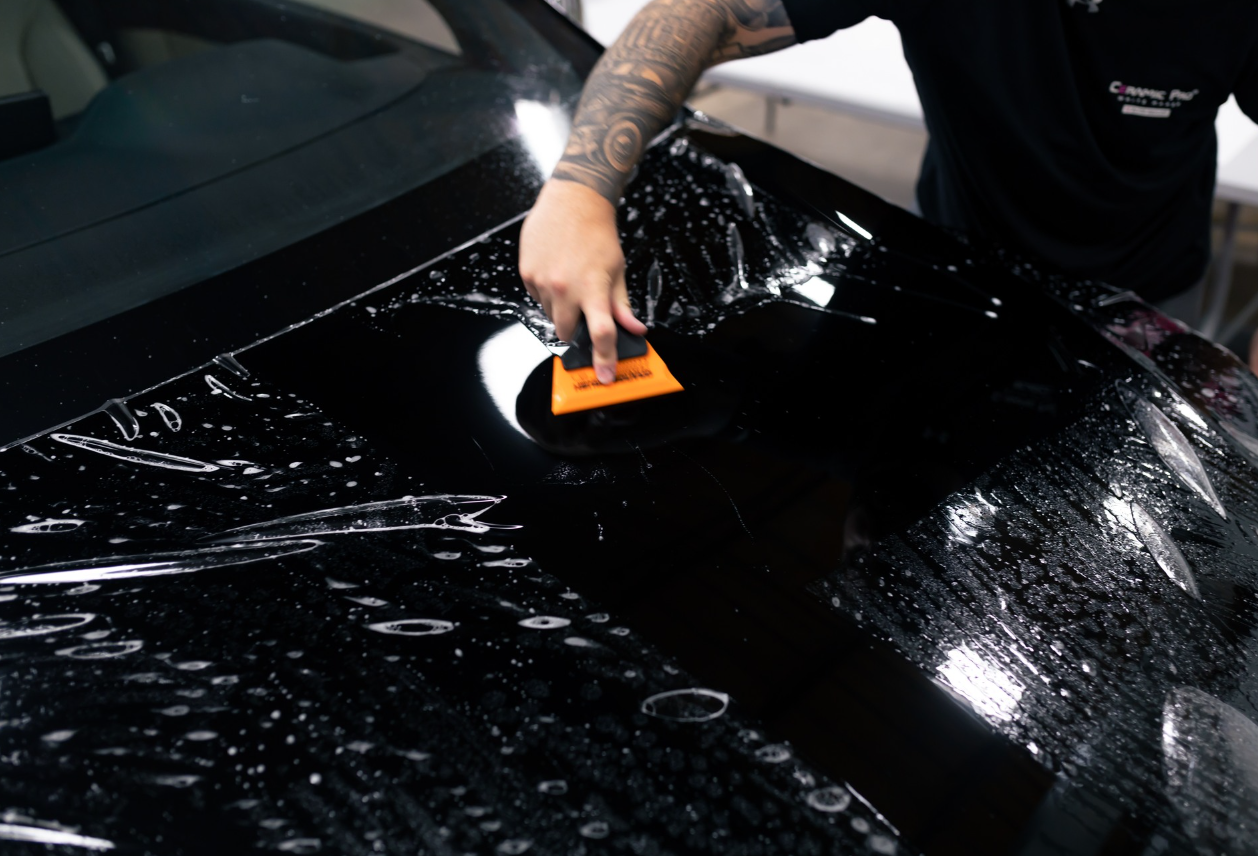Ceramic Coating Cure Time: Secrets to a Showroom-Ready Shine
If you've ever wished for that glossy, showroom-quality shine on your car, you've probably heard about ceramic coatings. However, achieving that stunning look requires more than just applying a coat. There’s a secret ingredient to this recipe, and it's called "cure time." This crucial phase is where magic happens—transforming a fresh application into a tough shield against wear and tear while enhancing the vehicle's shine. So, before you rush off to get your car coated, let's explore the importance of cure time and why giving your coating the patience it deserves can elevate your ride from ordinary to extraordinary.
The typical cure time for ceramic coating ranges from 7 to 14 days, allowing the coating to fully harden and provide maximum protection and gloss. During this period, it is essential to keep the vehicle in controlled conditions, avoiding exposure to moisture, dust, or direct sunlight to ensure an immaculate and durable finish.
Optimal Ceramic Coating Cure Time
When applying a ceramic coating to your vehicle, it's essential to recognize that proper curing time is critical for achieving that brilliant, showroom-ready shine. The full curing process commonly spans 7 to 14 days, where the coating undergoes an intricate transformation into a robust protective layer. Achieving this development isn't just about waiting; it's also about understanding the elements at play throughout this timeline.
Cure Time Influencers
Various factors influence the curing time of ceramic coatings, notably temperature and humidity. Generally, the ideal application temperature falls between 60°F (ca. 16 °C) and 80°F (ca. 27 °C). This range ensures that the coating bonds properly to the paint surface without risking issues like improper adhesion or product failure. High humidity can result in longer cure times since moisture interferes with the coating's ability to harden effectively.
Additionally, direct UV exposure can significantly accelerate the curing process by up to 30%. Sunlight is good, but extreme temperatures can decrease coating performance. Think of it like baking bread—too much heat can burn it while too little won’t allow it to rise. Strive for controlled conditions where your vehicle can rest undisturbed during the crucial first few days post-application, ensuring a uniform cure.
Moreover, another factor to consider is the thickness of the applied coating; how much product you apply directly impacts cure time.
Coating Thickness Considerations
When applying ceramic coatings, thicker layers typically necessitate additional curing time. If you're someone who prefers a robust finish and applies a heavier coat, you might find that allowing around 24 extra hours for curing leads to more durable protection. On the flip side, if you've opted for a lighter application, you may see results firming up relatively quickly within the first week.
Understanding these nuances transforms what might seem like a tedious waiting period into an opportunity for the best possible outcome for your ride.
emembering that patience is not merely a virtue but a requisite in this process will pay dividends later when you enjoy enhanced protection against environmental damage and an impressive gloss finish.
Finally, it’s crucial to adhere strictly to aftercare recommendations.
Factors Influencing the Cure Process
Several environmental and procedural factors can significantly impact the ceramic coating cure time, which is crucial for achieving optimal results. First and foremost, let's talk about environmental conditions. Humidity and temperature play critical roles in this process. When the air is saturated with moisture, it can extend the curing duration remarkably.
Ideally, a controlled environment hovering around 70°F (ca. 21 °C) is perfect for curing ceramic coatings. In scenarios where humidity levels are higher, such as in coastal areas or during heavy rain, employing tools like a dehumidifier can create optimal conditions.
Environmental Conditions
Maintaining steady airflow is another useful tactic to promote quicker and more uniform curing. Airflow helps disperse humidity around the vehicle, lowering localized moisture levels that could interfere with the coating's reliability. Opening windows or using fans can facilitate this process, allowing the freshly applied coat to dry evenly throughout.
Next on our list is application thickness. The thicker the application, the longer it will take to cure fully. Every additional layer requires its own dedicated curing time before you can safely apply another layer on top. Imagine stacking pancakes; if you pour batter on a stack too quickly without letting each layer set properly, you're left with a gooey mess instead of a delicious breakfast! Rushing through multiple layers of a ceramic coating can compromise its effectiveness.
Cure Time Considerations
Generally, a single layer of ceramic coating may take anywhere from 24 hours to several days to cure completely, depending on thickness and other conditions. Specific formulations have varying cure times; while one type may be fully cured within 72 hours under ideal conditions, another might stretch beyond a week under similar circumstances.
Patience during each stage of application cannot be overstated. By adhering to manufacturer recommendations regarding curing times and conditions, you safeguard your investment against premature wear and tear.
Understanding these factors will ensure that you get the highest quality finish possible on your vehicle. With this knowledge in hand, we can now turn our attention toward how to achieve flawless application.
Benefits of Proper Curing
The curing process for ceramic coatings is far more than just a waiting game; it’s an investment into the longevity and aesthetic appeal of your car. When applied correctly, a well-cured ceramic coating offers enhanced durability that can withstand the rigors of daily exposure to nature’s elements. Such durability means not only resistance to swirl marks but also protection against contaminants that commonly harm automotive paint.
The bond formed between the coating and your vehicle’s surface creates a formidable barrier that keeps the underlying material intact and pristine.
Think of it like having a superhero suit for your car. It wears it proudly while fighting off dust, grime, and those pesky bird droppings. If you don't properly cure it, you'll end up with a flimsy cape that offers minimal protection for your ride.
Dazzling shine is another significant benefit. A properly cured ceramic coating enhances the glossiness of your vehicle, giving it a showroom-ready look that attracts attention. This gleaming finish doesn’t just elevate your car’s aesthetic; it makes you feel proud every time you give it a glance.
Furthermore, durability isn’t the only protective measure—ceramic coatings excel in chemical resistance.
When treated with care, your vehicle becomes shielded against harsh chemicals found in everyday items—like cleaning products and even tree sap! You won’t have to panic when parked under that majestic oak anymore, as a well-cured coating will protect your paint from damaging organic matter.
Finally, consider how easier maintenance becomes thanks to the hydrophobic surface of a properly cured coat. Water beads off without clinging stubbornly, and dirt simply slides off with a gentler wash. This results in fewer overall washes, which conserves water and saves you time—a win-win scenario for busy schedules!
As we shift our focus to the myriad options available on the market, keep in mind the pivotal role proper curing plays in unlocking these impressive benefits.
Post-Curing Maintenance Tips
Once your ceramic coating has fully cured, you should establish a regular maintenance routine to ensure its durability. A consistent wash schedule is key—think of it as giving your vehicle a spa day, ensuring it remains in pristine condition. Washing with a pH-neutral shampoo works wonders. This type of shampoo won't strip the coating or dull its shine, preventing potential damage caused by harsher soaps. To further reduce the risk of swirl marks, using the two-bucket method—one for your soapy water and the other for rinsing—is a smart choice.
Regular Maintenance Routine
I recommend washing your vehicle at least every two weeks if possible, or more frequently if you're in areas with heavy pollen or road salt exposure. Alongside washing, drying your car using soft microfiber towels helps absorb any residual moisture and avoid water spots.
Now, let’s discuss why you should avoid harsh chemicals. These products may seem like a quick fix for stubborn stains, but they can wreak havoc on your ceramic coating's durability and effectiveness.
Avoid Harsh Chemicals
Instead of relying on abrasive cleaners or waxes that deplete your ceramic coating, opt for gentle methods to remove contaminants. If you encounter tree sap, bird droppings, or tar, try using a specialized product designed specifically for those challenges without compromising the integrity of the coating.
Finally, consider post-wash care. After cleaning and drying your vehicle, applying a maintenance spray specially formulated for ceramic coatings is beneficial.
These quick-detail sprays enhance gloss while adding another layer of protection against dirt and grime buildup between washes.
By committing to these maintenance tips after your ceramic coating has cured, you can keep your vehicle looking showroom-ready for years to come.
To explore more detailed guides and product recommendations, visit our website,
Baltimore Detail. Don't hesitate to reach out and call us at (410) 238-3000 for personalized advice on maintaining that perfect shine!



